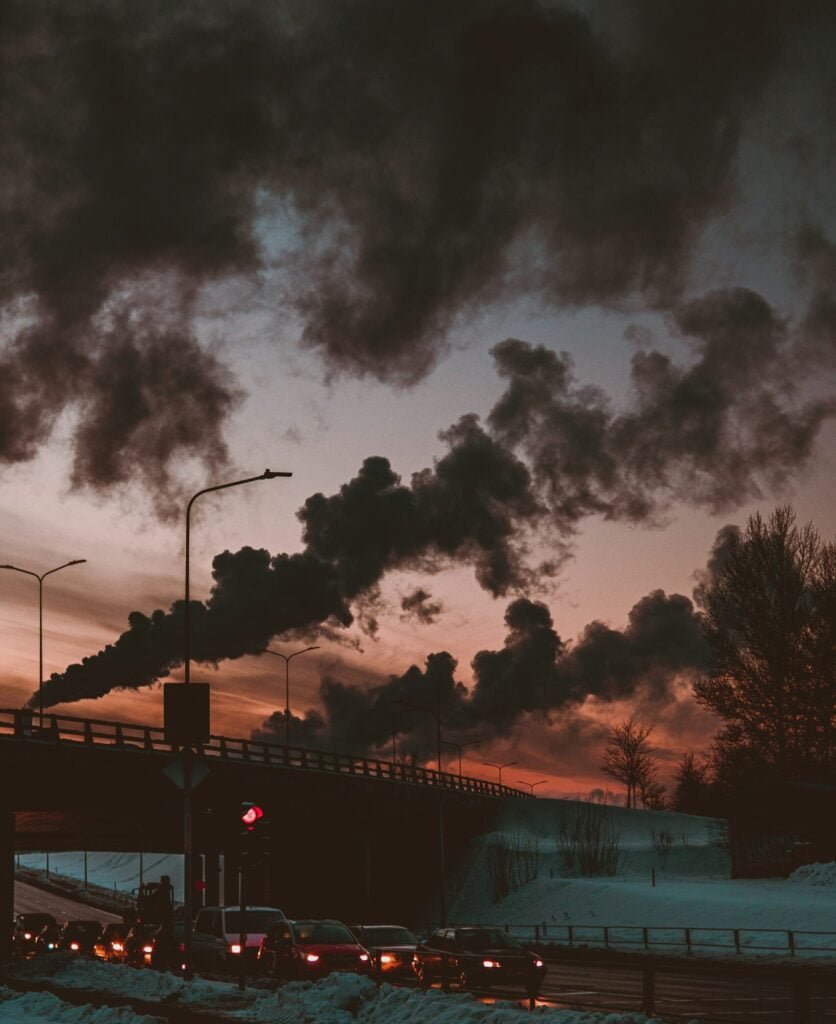What are the causes of ecosystem biodiversity change?
Biodiversity, or the variety of all living things on our planet, has been declining at an alarming rate in recent years, mainly due to human activities such as land use changes, pollution, and climate change. In a UN report published in 2019, scientists warned that one million species—out of an estimated total of eight million—are threatened with extinction, many within decades. Some researchers even consider that we are in the middle of the sixth mass extinction event in Earth’s history. Earlier known mass extinctions wiped out between 60% and 95% of all species. It takes millions of years for ecosystems to recover from such an event. The main reasons for biodiversity loss are:
Habitat loss and fragmentation: The conversion of natural habitats into agricultural land, urban areas, and infrastructure development leads to the destruction and fragmentation of habitats, which is the primary cause of biodiversity loss. As humans take over previously wild lands, we reduce the available space for native species to live, feed, and reproduce, and we also disrupt the connections between different ecosystems.
Climate change: Global warming and the resulting changes in climate patterns have altered habitats, making it challenging for organisms to perform their natural functions or adapt to new conditions. Changes in temperatures or rain patterns, for example, make it different for certain plants to grow or survive, which also affects the species that depend on them.
Overhunting: Overhunting of a species to meet high demand for meat or animal byproducts, for sport, or due to pest control is one of the main drivers of species extinction. Industrialized hunting does not take into account the effects of species deterioration on the rest of the ecosystem and quickly depletes populations. For example, the sharp commercialization of otter fur in the 18th and 19th centuries in the United States and Russia nearly drove the species extinct, which catalysed the secondary effects of losing kelp forests and depleting fish populations.
Overfishing: Industrialized fishing has led to the depletion of highly-demanded species like tuna, whales, and salmon to meet the world’s demand. Unsustainable methods of fishing, like bottom trawling, have also destroyed sea-floor habitats, which are important nursery areas for many species. This has had the knock-off effect of changing marine ecosystem structures by increasing the populations of predators at the expense of their prey.
Invasive species: As ecosystems have evolved to maintain a relative stability of species populations, non-native species introduced to new environments can outcompete native species for resources, prey on them, or transmit diseases. When invasive species are at higher levels of the food chain, they can deplete populations of the prey they feed on. Conversely, when invasive species are in the middle or bottom of the food chain, the native species that feed on them may spike in population as they have an abundance of food, which could have repercussions on the rest of the ecosystem.
Pollution: Air, soil, and water pollution can harm species by degrading their habitats, physically harming them, or increasing their vulnerability to diseases or predation. Some pollutants, such as pesticides and heavy metals, can be passed up the food chain, therefore contaminating many levels of the ecosystem.
Disease: The spread of infectious diseases, often facilitated by human activities, can devastate wildlife populations. Organisms have developed natural defences against disease-inducing microbes native to their region. However, when human activity contaminates ecosystems with non-native microbes, indigenous species are not equipped to combat them.
Genetic pollution: The release of genetically modified organisms or the hybridization of closely related species can lead to the loss of genetic diversity, which is crucial for species’ adaptability and resilience.
Ocean acidification: Increases in carbon dioxide levels are responsible for the acidification of oceans, which makes it difficult for marine organisms, like corals, plankton, or shellfish, to maintain their protective coating. The result is a decline in these species’ populations, as well as those of species that rely on them for food and shelter.
Ecosystem simplification: The conversion of complex, diverse ecosystems into simplified ones, such as monocultures or urban areas, reduces the number of niches available for species and decreases ecosystem resilience.
Each of these factors often interacts with others, creating complex dynamics that drive changes in biodiversity. Addressing these challenges requires integrated conservation efforts and sustainable management practices.
To know the solution to those biodiversity losses, click below:



